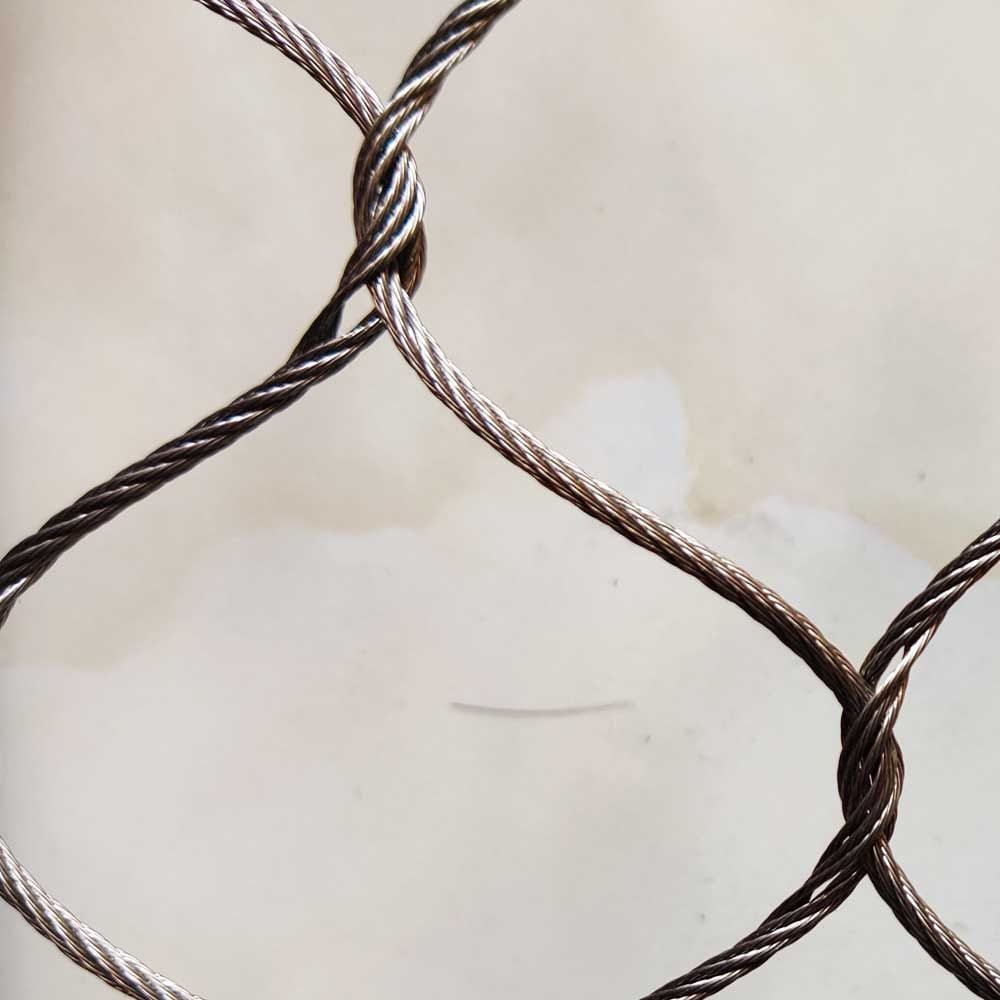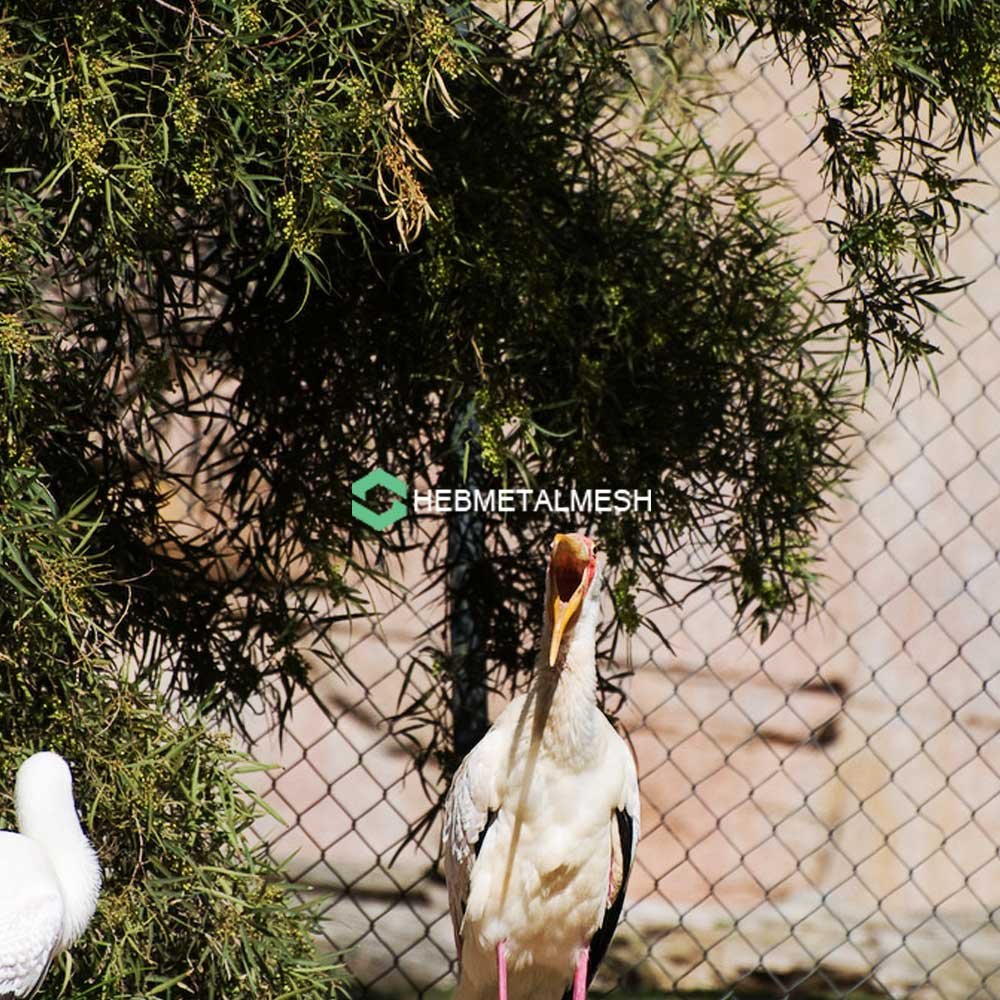Birds, while beautiful and essential for our ecosystem, can sometimes pose challenges. They may cause property damage, agricultural losses, and health risks due to their droppings.
Implementing bird control measures is often necessary. However, it’s crucial to do so in a way that respects wildlife and adheres to legal guidelines.
In this guide, we’ll explore safe and humane methods for bird control, from using mesh to professional wildlife services.

Understanding the Need for Bird Control
Bird control is not about harming or eradicating birds. It’s about managing their presence to prevent potential problems.
Birds can cause significant damage to properties and crops. Their droppings can also pose health risks.
Therefore, bird control is essential for maintaining cleanliness, preventing property damage, and ensuring health safety.
Identifying Problematic Bird Species
Different bird species can cause different types of problems. Identifying the species you’re dealing with is the first step in effective bird control.
Common problematic species include pigeons, sparrows, starlings, and seagulls.
- Pigeons: Known for causing property damage and health risks due to their droppings.
- Sparrows: Can nest in buildings, causing damage and noise disturbances.
- Starlings: Often gather in large numbers, causing noise and mess.
- Seagulls: Can be aggressive and cause property damage, especially in coastal areas.
Legal and Ethical Considerations
Before implementing any bird control measures, it’s important to understand the legal and ethical considerations.
Many bird species are protected by law, and harming them can lead to penalties. Always ensure your bird control methods are humane and comply with local wildlife regulations.
Humane Bird Control Methods
There are several humane methods for bird control. These methods aim to deter birds without causing them harm.
One common method is the use of physical barriers. These prevent birds from accessing certain areas.
Another method is the use of deterrents. These discourage birds from settling in a particular location.
Lastly, habitat modification can also be effective. This involves altering the environment to make it less attractive to birds.
Mesh for Bird Control
Mesh is a popular physical barrier for bird control. It’s used to block birds from entering specific areas.
The mesh is usually installed in openings like vents and chimneys. It can also be used to protect crops.
When installing mesh, ensure it’s secure and doesn’t have gaps. Birds can squeeze through surprisingly small spaces.
Visual and Auditory Deterrents
Visual and auditory deterrents can effectively discourage birds. Visual deterrents include objects like reflective tapes and bird scare balloons.
Auditory deterrents use sounds to scare away birds. These can include predator calls or distress signals.
However, birds can get used to these deterrents over time. Therefore, it’s best to use them in combination with other methods.
Habitat Modification Techniques
Habitat modification involves making the environment less attractive to birds. This can include removing food sources or nesting sites.
For example, keeping your property clean can discourage birds. Regularly clean up food waste and secure garbage bins to prevent birds from scavenging.
Professional Wildlife Control Services
Professional wildlife control services can be a great help in managing bird problems. They have the expertise and equipment to handle complex situations effectively.
These services can provide a comprehensive solution. They assess the situation, implement control measures, and monitor their effectiveness.
When to Seek Expert Help
If your bird problem persists despite your efforts, it may be time to seek expert help. Persistent issues can indicate a larger underlying problem.
Professional services can also be beneficial if you’re dealing with protected bird species. They can ensure that control measures comply with wildlife protection laws.
Maintenance and Monitoring of Bird Control Measures
Maintaining and monitoring your bird control measures is crucial for their effectiveness. Regular check-ups can help identify any issues early on.
Remember, bird behavior can change over time. Therefore, your control measures may need to adapt as well.
Regular Check-ups for Effectiveness
Regular check-ups ensure that your bird control measures are working as intended. They can help spot any signs of wear or damage to the devices.
Moreover, these check-ups can also help identify any new bird activity. This allows you to adjust your control measures accordingly.
Conclusion: The Importance of a Multi-Faceted Approach
Implementing bird control is not a one-size-fits-all solution. It requires a multi-faceted approach, tailored to the specific bird species and the environment.
Remember, the goal is to balance wildlife conservation with property protection. This balance is best achieved through a combination of humane control methods.


